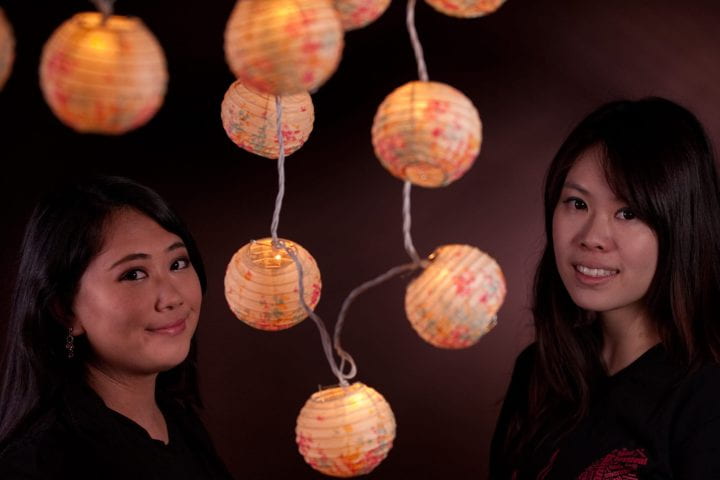Campus festival to mark Lunar New Year
Professor sheds light on cultural traditions of major Asian holiday

Lunar New Year, considered the most important holiday in many Asian cultures, kicked off Sunday, Feb. 10, with parades, outdoor festivals and parties in communities from Garden Grove’s Little Saigon to San Francisco’s Chinatown. According to the Asian zodiac cycle, 2013 is the Year of the Snake.
The merriment continues at UC Irvine as the Taiwanese American Organization prepares to host a celebration of its own. The fourth annual Lantern Festival & Night Market is set for Sunday, Feb. 24, at UC Irvine’s Student Center from 5 to 9 p.m.
About 1,000 people are expected to attend, says TAO President Esther Phu, a fourth-year political science and criminology, law & society student. The event will feature traditional East Asian finger foods, performances by UC Irvine dance crews, game booths, and an arts and crafts station.
“Our goal is to recreate the night market and street fair culture of Taiwan at UC Irvine,” Phu says. “We will also have paint, colored pencils and crayons for participants to decorate paper lanterns and take them home as a way to remember the festival.”
Yong Chen, associate professor of history and Asian American studies at UC Irvine, is an expert on Asian cultural traditions and recently answered some questions about Lunar New Year.
What are some typical customs associated with Lunar New Year, and how do they vary across cultures?
Lunar New Year is a very important holiday in China, Korea and Vietnam. In China, common practices include giving family members, especially children, red envelopes that contain money and setting off firecrackers. Some families eat foods such as dumplings, which symbolize unity. Many also eat fish – its pronunciation sounds like the word for “surplus” in Chinese.
Koreans will put on traditional clothing and prepare foods like a New Year’s rice cake and a dish made from five different grains.
Vietnamese make a five-fruit platter to pay respects to their ancestors. They also have special foods like banh chung, a square rice cake filled with pork and beans and wrapped in bamboo leaves.
In the U.S., how have Asian immigrants adapted or changed their traditions to fit the American lifestyle?
Instead of making their own food, many simply go to a restaurant, which is also happening in China. No longer a 15-day celebration, it’s usually just one meal. At the same time, community events (such as festivities in Little Saigon, Los Angeles’ Chinatown and Monterey Park) and parades have become more important.
What is the significance of the snake in the Asian zodiac cycle?
It’s thought to resemble a dragon, a symbol of dignity, royalty and nobility. The use of the snake also has to do with ancestral worship. According to Chinese legends, ancestral figures like the Yellow Emperor had a human face and snakelike body. [Editor’s note: Less favorable characteristics – such as treachery and suspicion – are also sometimes ascribed to the snake.]